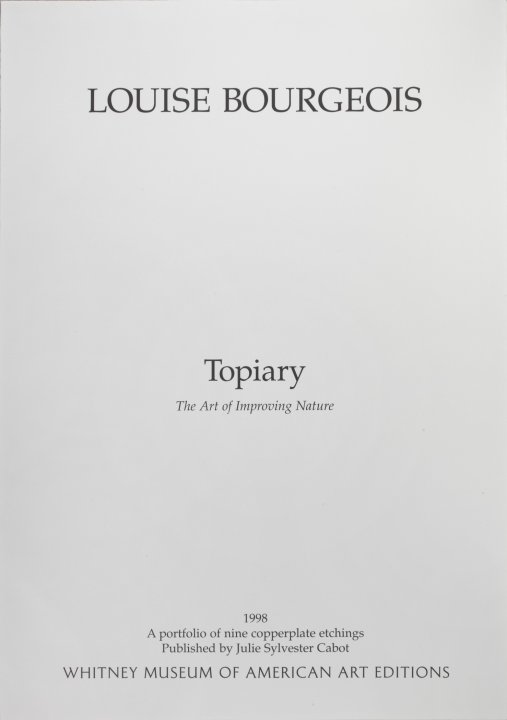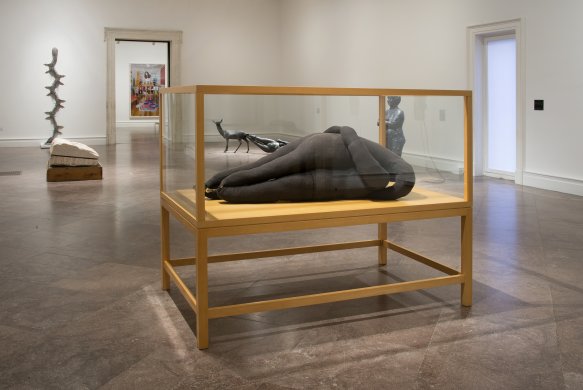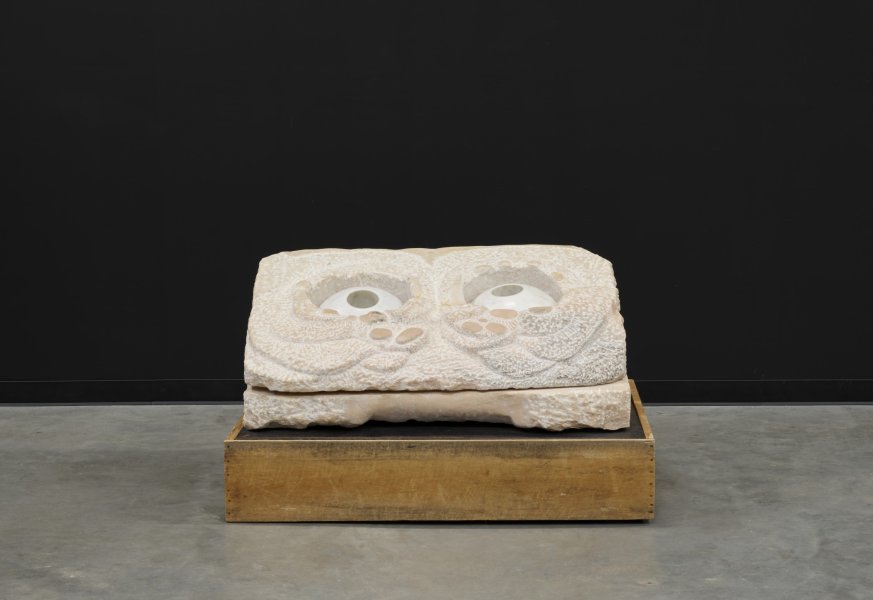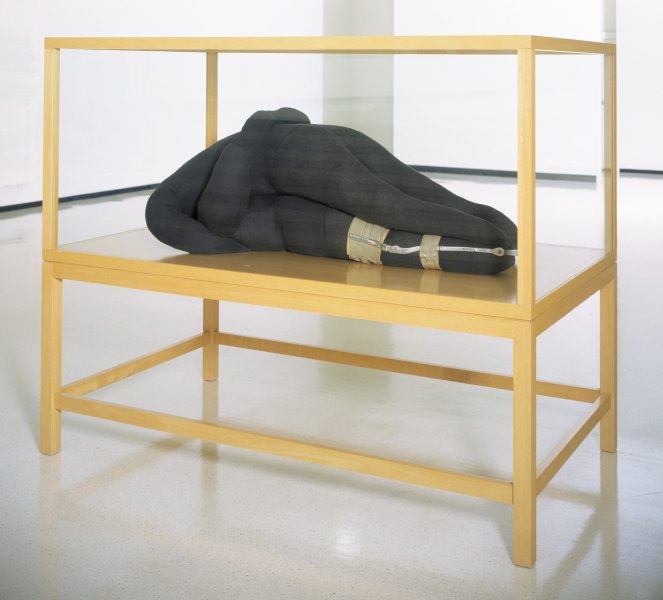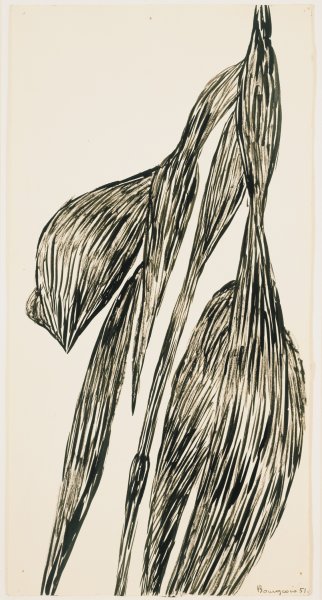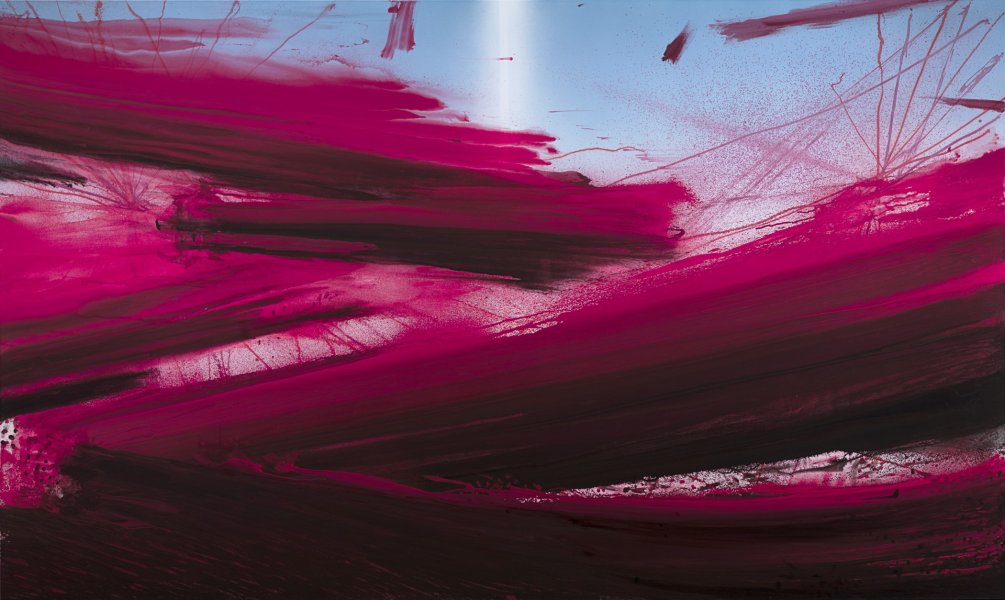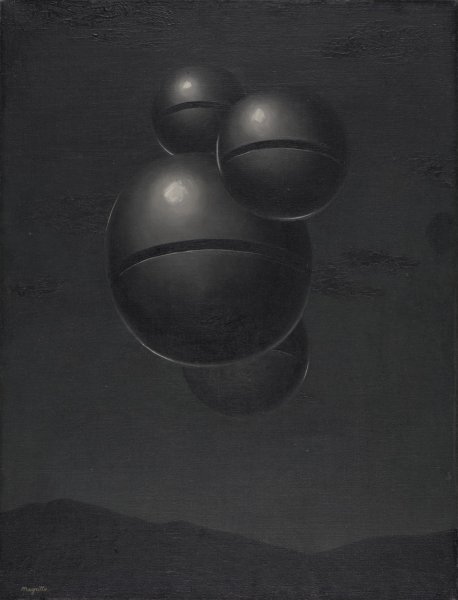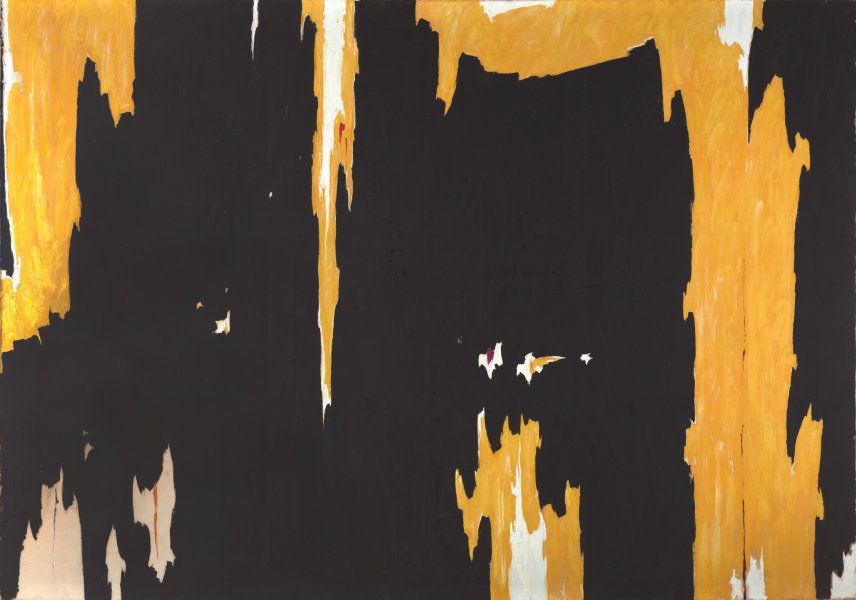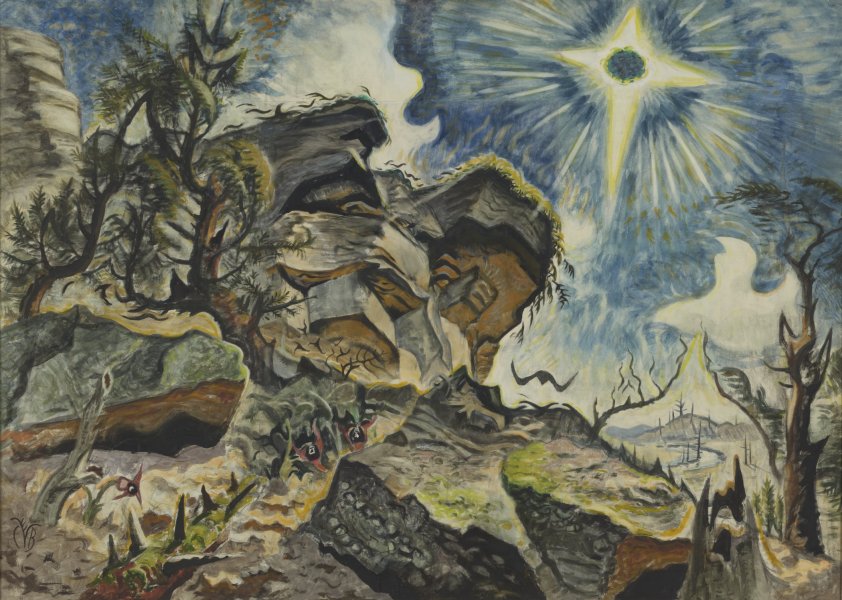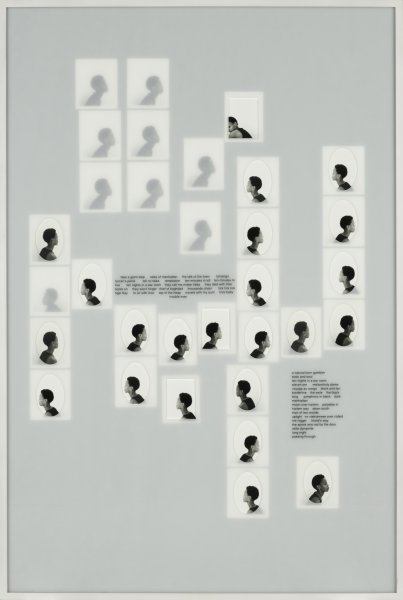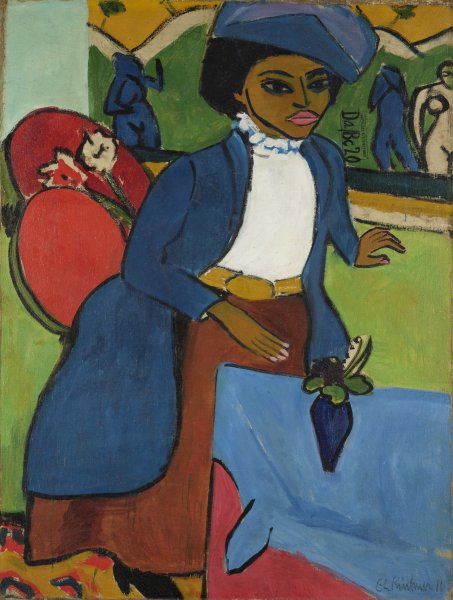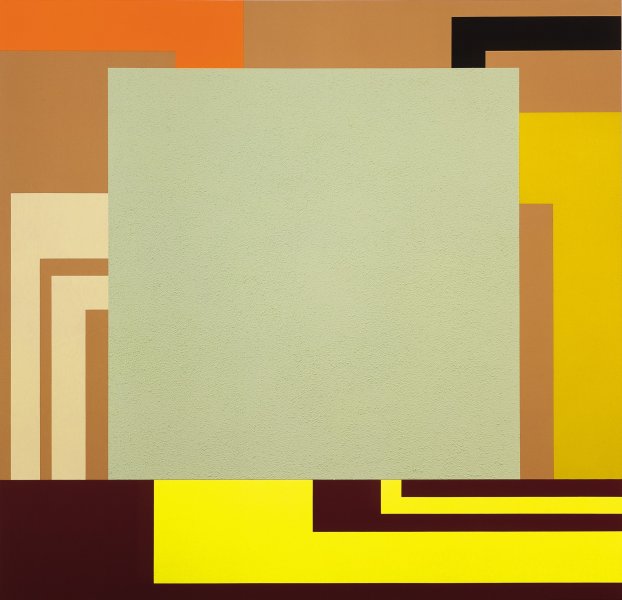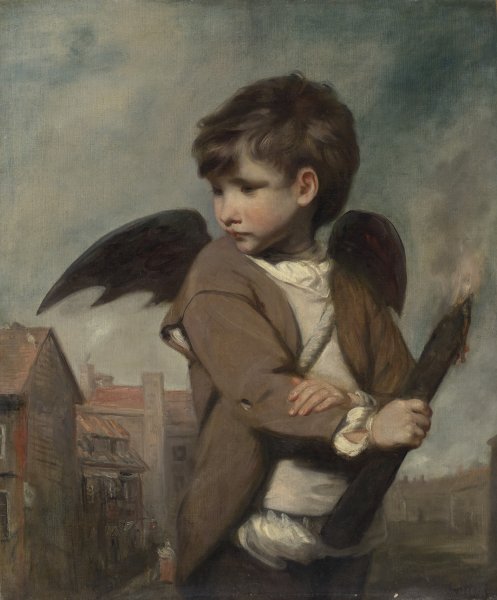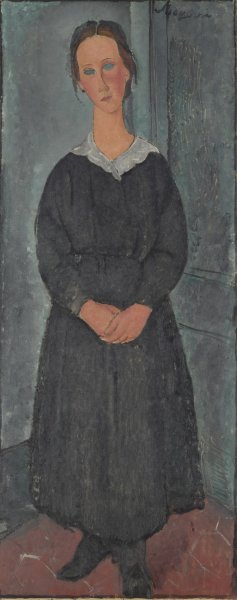Louise Bourgeois
American, born France, 1911-2010
Topiary: The Art of Improving Nature, 1998
Artwork Details
Materials
portfolio of nine copperplate etchings with drypoint and aquatint
Edition:
7/28
Measurements
two prints: 28 x 39 1/4 inches (71.12 x 99.69 cm); seven prints: 39 1/4 x 28 inches (99.69 x 71.12 cm)
Collection Buffalo AKG Art Museum
Credit
Gift of Charles Balbach, 2011
Accession ID
P2011:10a-i
In Louise Bourgeois’s Topiary: The Art of Improving Nature, trees takes on anthropomorphic characteristics. Trees appear frequently in some of the artist’s earliest works, where, for Bourgeois, each plant is “a symbol of a person. It has the right to exist, to grow and procreate.” The struggle to repair and rebuild from emotional damage, in the way plants grow anew after being shaped into ornamental forms, is a fundamental part of Bourgeois’s art. Throughout this portfolio, the female figure appears as an amputee, and Bourgeois pairs both the woman and the tree with a crutch. She began depicting figures with amputated limbs or implied disabilities in the early 1990s, as seen in Couple II. Bourgeois was greatly influenced by her memories of seeing injured war veterans at the Louvre Museum, where she worked as a tour guide in 1937, and by her sister Henriette’s medical condition, which forced her to walk with a cane. While Bourgeois’s use of color in this portfolio is sparse, what little she does incorporate has a dramatic effect against the overall black-and-white scheme. She chose colors that are deeply symbolic, associating blue with peace, meditation, and escape; red with contradiction and aggression; and pink with femininity. Here, woman takes on the form of nature, and vice versa—the two entities support one another in the face of adversity.
Label from One Another: Spiderlike, I Spin Mirrors, March 7–June 1, 2014
